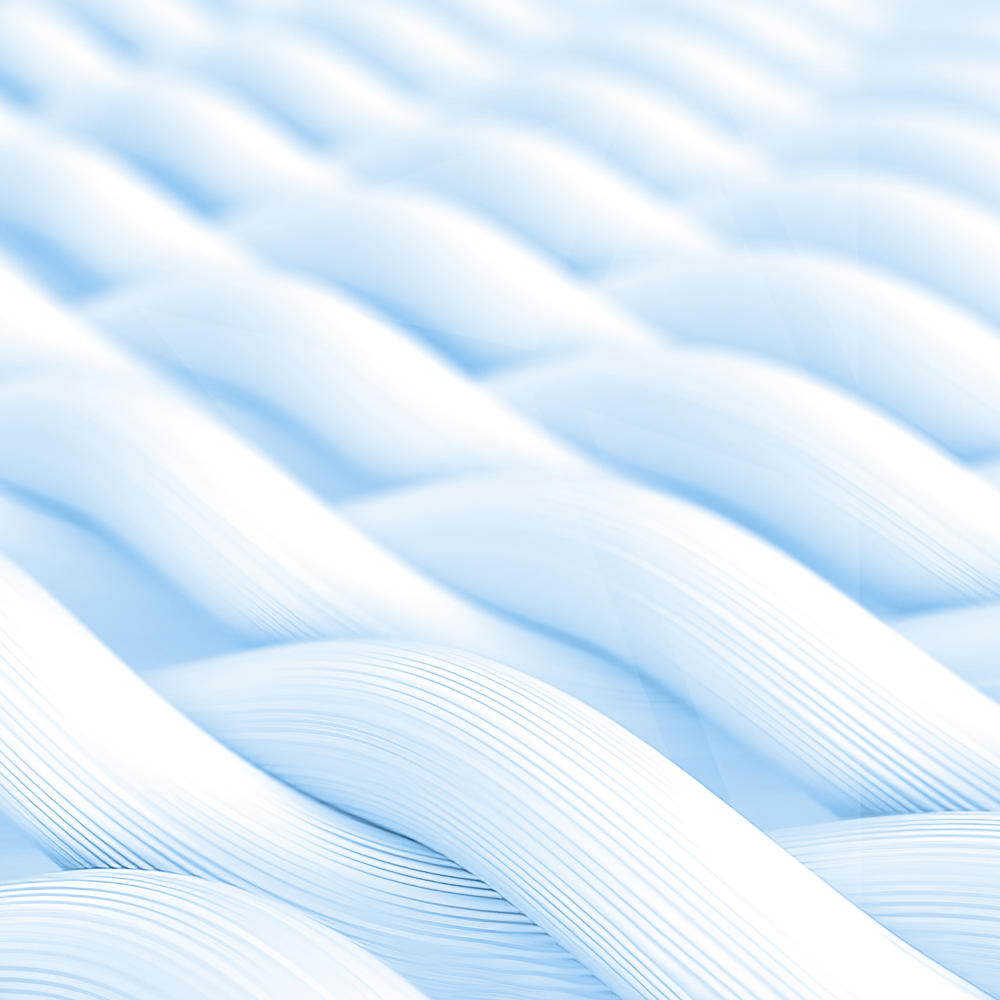For clothing exporters, closing a deal often hinges on a simple question: “What’s the thread count?” Yet, as a seasoned export manager who’s witnessed countless returns due to “good-on-paper” fabrics that felt “off” on skin, I’m here to argue: Parameters alone don’t define quality—they’re just the starting point. The real magic lies in translating specs into wearable comfort—a skill that separates transactional suppliers from trusted partners. Let’s dive into why this shift matters, and how to master it.

The Pitfall of Over-Reliance on Parameters
For decades, fabric evaluation relied on rigid metrics: thread count (TC) for cotton, gramme weight (GSM) for weight, and fiber composition (e.g., “95% cotton, 5% spandex”) for feel. These numbers are useful, but they’re incomplete.
Example 1: High Thread Count ≠ Luxury
A client once rejected a 120s Egyptian cotton shirt, claiming it “felt stiff and scratchy.” Lab tests revealed the TC was accurate—but the weave (a tight plain weave) and lack of mercerization (a process that softens cellulose fibers) made it rough against skin. Meanwhile, a 60s Pima cotton shirt with a looser twill weave and Mercerized finish felt buttery smooth, even at half the thread count.
Example 2: GSM Misleads Seasonal Fit
A European buyer specified “180 GSM linen” for summer dresses, assuming higher weight meant durability. But 180 GSM linen, while thick, had low breathability—leading to complaints of “overheating.” We swapped it for a 150 GSM linen-cotton blend with a looser knit: lighter, cooler, and the client saw a 30% drop in returns.
Example 3: Fiber Content Alone Doesn’t Guarantee Comfort
“100% organic cotton” is a buzzword, but raw, unprocessed organic cotton can be coarser than recycled cotton. One US brand learned this the hard way: Their “premium” organic cotton t-shirts pill excessively after washing, while a blend with 20% Tencel (made from eucalyptus pulp) stayed smooth—despite a lower “natural fiber” percentage.
The Sensory Science: What Actually Matters for Wearers
To bridge specs and comfort, focus on these wearable metrics—the ones that directly impact how fabric feels against skin, moves with the body, and ages over time.
1. Drape: How Fabric “Falls”
Drape determines whether a skirt swings elegantly or clings awkwardly. It’s influenced by fiber elasticity (e.g., silk drapes fluidly), yarn twist (looser twists drape better), and weave structure (twill drapes more softly than plain weave). For evening wear, aim for a drape coefficient >0.7 (on a 0–1 scale); for structured blazers, <0.5.
2. Breathability: Airflow for All-Day Comfort
Breathability isn’t just about GSM—it’s about pore size and fiber hygroscopicity (how well it absorbs moisture). For example:
- Linen: High breathability (pore size ~0.05mm) due to its hollow fibers—ideal for summer.
- Polyester: Low breathability (pore size ~0.1mm) but wicks moisture—better for activewear.
- Merino wool: Balances both (pore size ~0.03mm) and regulates temperature—perfect for layered fall pieces.
3. Friction Coefficient: Skin-Fabric “Slip”
This measures how easily fabric glides over skin. A high coefficient (e.g., 0.6–0.8) means less chafing—critical for underwear, base layers, or activewear. Cotton has a friction coefficient of ~0.5, while modal (a cellulose fiber) sits at ~0.7, making it feel “slippery” against skin.
4. Elastic Recovery: Shape Retention Over Time
Fabrics stretch during wear but should snap back. Spandex blends (5–10%) boost recovery, but overuse (15%+) leads to bagging. For jeans, a 7% spandex blend with a “memory weave” (crossed yarns) retains shape after 50+ washes—vs. 3% spandex without, which sags by the third wash.
Export Strategies: Aligning Specs with Sensory Needs
To meet global buyer expectations, align these sensory metrics with regional preferences:
- Europe & North America: Prioritize versatility. For example, a “work-to-weekend” dress needs a fabric with medium drape (0.6), moderate breathability (polyester-cotton blend), and high elastic recovery (7–10% spandex) to transition from desk to dinner.
- Middle East: Focus on breathability + modesty. Lightweight, loose-weave linens or viscose-chiffon blends (high breathability, low friction) keep skin cool under layers.
- Asia: Emphasize softness + drape. Fabrics like rayon (high drape, low friction) or bamboo-cotton blends (ultra-soft, breathable) dominate bestseller lists.
Pro Tip: Use sensory panels—groups of testers (ages 18–65, diverse body types)—to evaluate fabrics. Ask: “Does this feel ‘itchy’ after 30 minutes?” or “Would you wear this for 8+ hours?” Their feedback is as critical as lab reports.
FAQs: Your Fabric Questions, Answered
Q: Can I trust thread count as a quality marker?
A: Only for cotton. TC works for 100% cotton (higher TC = finer yarns), but it’s irrelevant for blends (e.g., polyester-cotton) or fabrics with “noil” (recycled cotton scraps). Always pair TC with drape and friction tests.
Q: How do I explain “low GSM but high comfort” to a price-sensitive buyer?
A: Highlight breathability and durability. A 140 GSM linen shirt may cost more upfront than a 180 GSM cotton one, but its breathability reduces customer returns—and repeat purchases offset the initial cost.
Q: Are “premium” fibers (e.g., Tencel, modal) worth the investment?
A: For export markets, yes. Tencel’s moisture-wicking and softness justify a 15–20% price premium: Our data shows garments with Tencel sell 25% faster in EU eco-conscious boutiques.
Q: How do I test fabric aging (e.g., pilling, fading) before production?
A: Use the AATCC 124 standard (pilling resistance) and AATCC 16 (colorfastness to light). For a real-world check, wash samples 20+ times with fabric softener—simulating 6–12 months of home use.
Wrapping Up: From Numbers to Nuance
For clothing exporters, mastering the shift from parameters to perception isn’t just about avoiding returns—it’s about building trust. Buyers don’t want “specs”; they want confidence that a garment will feel as good as it looks, wash after wash, season after season.
At Sheen, we’ve spent years refining this process. From our in-house sensory evaluation lab to region-specific fabric libraries, we help suppliers translate “numbers” into “feel.” Whether you’re sourcing for a new market or optimizing an existing line, our team bridges the gap between specs and satisfaction.
Ready to elevate your fabric game? Explore our 2024 Fabric Perception Guide, request sample kits, or reach out for a personalized consultation.
Stay curious. Stay comfortable. Stay Sheen.

